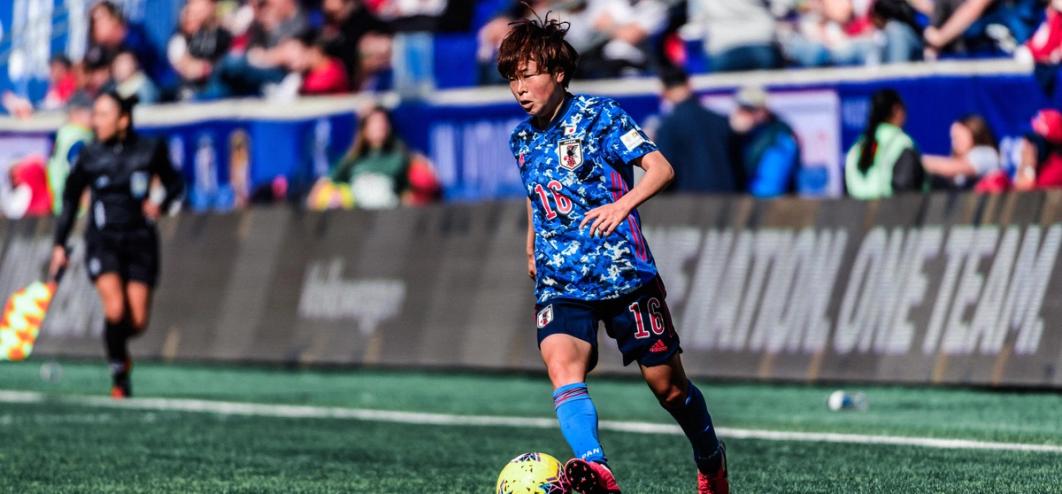Five Things to Know About: Japan
The USA will renew its long-time rivalry with Japan in the final match of the 2020 SheBelieves Cup. This will be the fifth meeting since the historic 2015 Women’s World Cup Final and few of the Japanese players remain on the roster from that game as Japan has re-tooled its team with a focus on winning a medal at the Olympics this summer in Tokyo.





